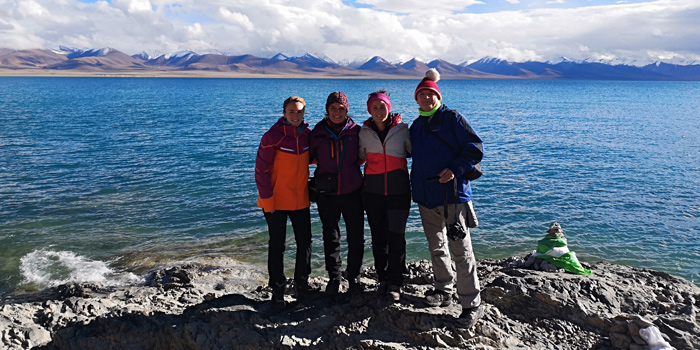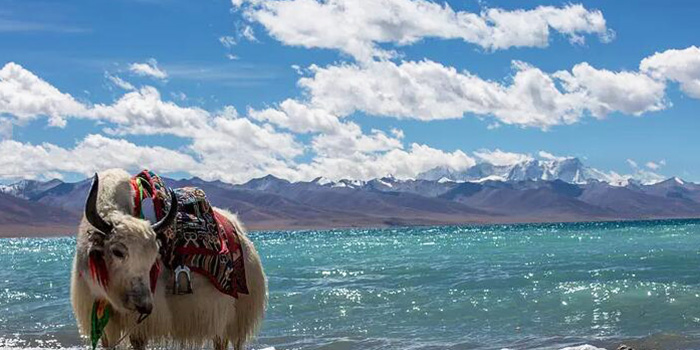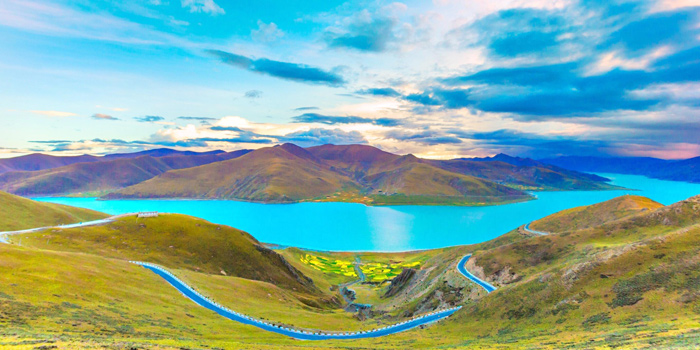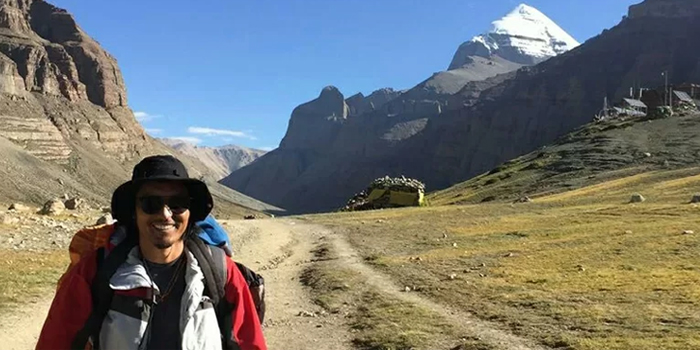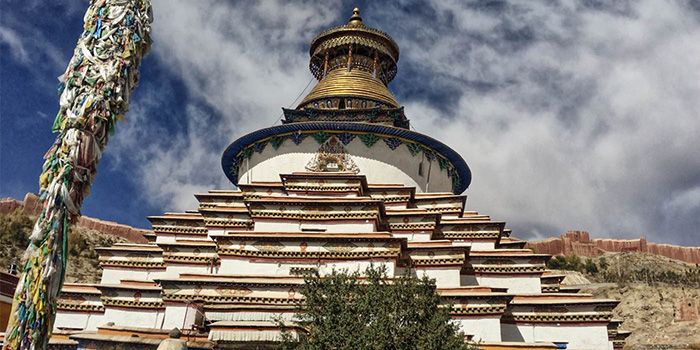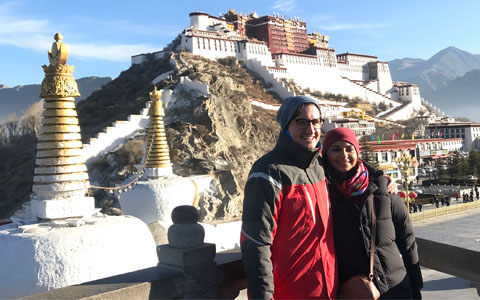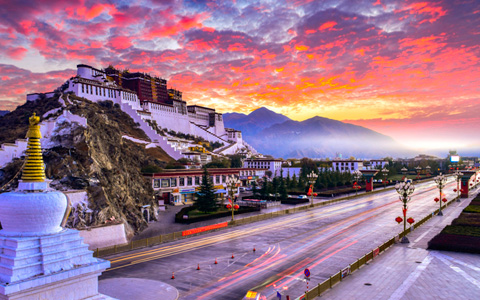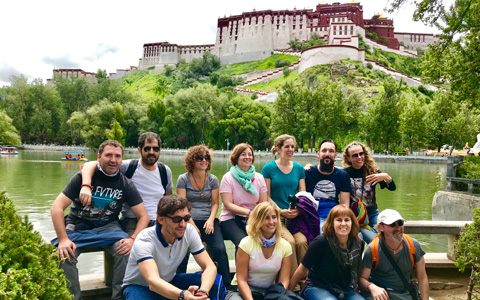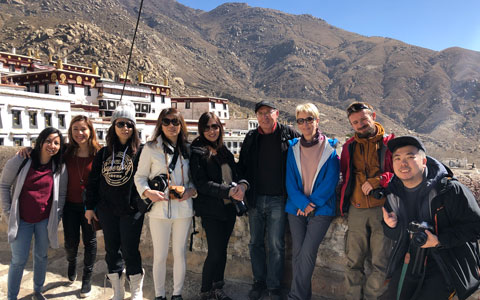Tibet Lakes: Facts about Tibetan Lakes and What are the Must-sees for a Tibet Tour
Tibetan lakes make up more than 30 percent of the total number of lakes in China. Exploring Tibet's magnificent lakes, some of the biggest in China and the world's highest, is a truly awe-inspiring adventure. Many of these lakes are considered sacred or holy, adding to their extraordinary appeal.
Curious about the total number of lakes in Tibet? Wondering how they came into existence? Pondering which ones to include in your Tibet tour? Find answers to these intriguing questions as we delve into the enchanting world of Tibet's lakes.
 Fact 1: There are over 1000 lakes in Tibet
Fact 1: There are over 1000 lakes in Tibet
 Fact 2: There are types of lakes in Tibet
Fact 2: There are types of lakes in Tibet
 Fact 3: Every Lake in Tibet has its own name
Fact 3: Every Lake in Tibet has its own name
 Top 1 Lake to Visit: Namtso Lake (the most popular Holy Lake in Tibet)
Top 1 Lake to Visit: Namtso Lake (the most popular Holy Lake in Tibet)
 Top 2 Lake to Visit: Yamdrok Lake (the most turquoise waters in Tibet)
Top 2 Lake to Visit: Yamdrok Lake (the most turquoise waters in Tibet)
 Top 3 Lake to Visit: Manasarovar Lake (the most sacred lake for pilgrims)
Top 3 Lake to Visit: Manasarovar Lake (the most sacred lake for pilgrims)
 Top 4 Lake to Visit: Rakshastal Lake (a mysterious Devil Lake in Tibet)
Top 4 Lake to Visit: Rakshastal Lake (a mysterious Devil Lake in Tibet)
 Top 5 Lake to Visit: Basum Tso Lake (a must-see for a Nyingchi Tour)
Top 5 Lake to Visit: Basum Tso Lake (a must-see for a Nyingchi Tour)
Fact 1: There are over 1000 lakes in Tibet
Tibet is a place filled with many beautiful lakes and tall mountains. There are about 1,500 lakes scattered across the Tibetan Plateau, and 787 of them are as big as or even larger than one square kilometer. These lakes have stunning blue and green colors and look even more amazing against the backdrop of the high plateau.
If you visit Tibet, it's a great idea to include a visit to at least one of these lakes during your trip. Each lake in Tibet has its own unique beauty and importance, and seeing them will allow you to experience the incredible natural wonders of this special place.
Fact 2: There are types of lakes in Tibet
There are several types of lakes in Tibet, which are categorized by the water systems they belong to. The main types are outflow lakes, inland lakes, and inland lakes with throughput. They can also be divided into chemical types, such as saline lakes, freshwater lakes, and salt lakes, or genetic types, such as tectonic lakes, glacial lakes, and barrier lakes.
The majority of the lakes in Tibet are inland lakes, with many of them distributing their waters into the main rivers that flow east and west from the Tibetan plateau. Many of the saline lakes in Tibet are remnants of the ancient sea that once covered the area of land that was pushed upwards by the movement of the Indo-Australian tectonic plate under the Eurasian plate, leaving a plateau with massive pools of water that formed into the saltwater lakes we see today.
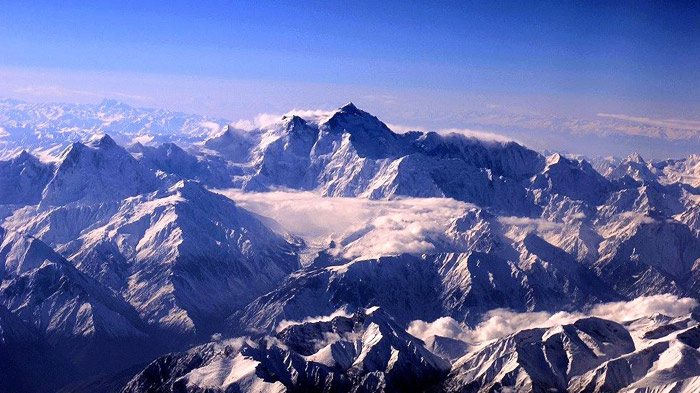 Most of Tibetan lakes originate from Himalayan ranges.
Most of Tibetan lakes originate from Himalayan ranges.
Many of the freshwater lakes have been formed by either barrier formation – where landslides have blocked river courses millions of years ago, creating massive lakes in the basins that surrounded the rivers – or by the residual melting of the alpine glaciers that formed on the sides of mountains, which slowly pooled into natural basins in the landscape, forming freshwater lakes in the process. The largest such glacial lake is the famous Lake Yamdrok, which was formed more than 30 million years ago from the tongue of an ancient glacier that crashed down from its perch on the surrounding mountains, filling the basin where it now lies.
Fact 3: Every Lake in Tibet has its own name
In Tibet, almost every lake has its unique name. In Tibetan, the word ‘tso’ means ‘lake.’ It’s a common term used in the names of lakes throughout Tibet. These names often have cultural, religious, or geographical significance.
For example, the famous Namtso Lake means ‘Heavenly Lake’ in Tibetan, and the Basum Tso Lake means ‘the green lake’.
Top 1 Lake to Visit: Namtso Lake (the most popular Holy Lake in Tibet)
Named in Tibetan as “Heavenly Lake” , Namtso Lake is one of the Great Three Sacred Lakes of Tibet, along with Lake Yamdrok and Lake Manasarovar. Lying to the north of Lhasa in Damxung County, on the boundary with Nagqu Prefecture, it is the largest Salt Lake in Tibet and the second largest in China. It is also the highest Salt Lake in the world, at an altitude of 4,718 meters above sea level.
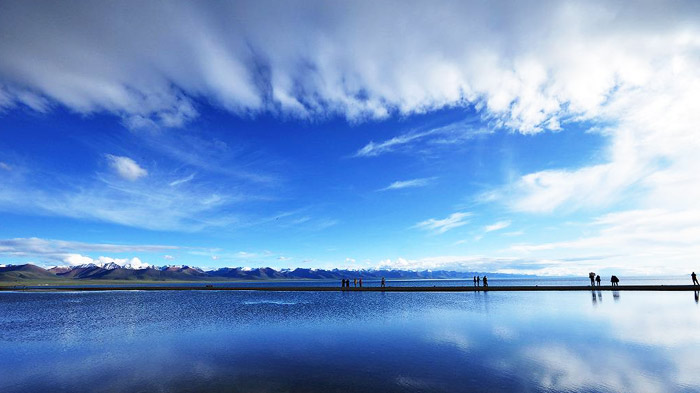 Namtso Lake, one of the great three sacred lakes of Tibet.
Namtso Lake, one of the great three sacred lakes of Tibet.
Namtso was formed in a tertiary depression in the landscape, and is constantly receding, which can be seen by the multiple lakeshore residues that lie around the edge of the lake. It is estimated to be around 80 meters lower than its highest residual lakeshore.
One of the most popular lakes for Tibet tours, the Namtso Lake has a stunning turquoise color to the waters, which reflects the sun into shimmering sparkles as it sets in the west.
Top 2 Lake to Visit: Yamdrok Lake (the most turquoise waters in Tibet)
Often called the most beautiful body of water in the world, Lake Yamdrok is so widespread that it is impossible to see from one end to the other. The name of the lake means “green jade lake on the pasture”, and legend says that it was the scattered jewels of the earring of a goddess who threw the jewels to the earth for the Tibetan people. More than 130 kilometers across all its branches, Lake Yamdrok has three sister lakes – Kongmucuo, Chencuo, and Bajiucuo – which are linked to Yamdrok Tso by hand or foot.
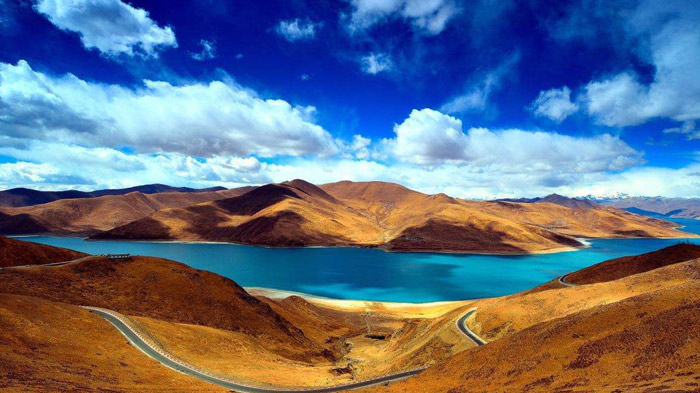 Yamdrok Lake, green jade lake on the pasture.
Yamdrok Lake, green jade lake on the pasture.
Yamdrok is a glacial lake with no obvious outflow. No rivers run from the lake and no underground streams have been found. However, despite having no outflow, this stunning freshwater lake, which is fed by glacial melt throughout the year, does not increase in water volume, and the water level is the same now as it was 1,000 years ago. A unique balance exists between the glacial inflow and the natural evaporation of the water.
Top 3 Lake to Visit: Manasarovar Lake (the most sacred lake for pilgrims)
Known as the Mother of the Holy Lakes, Manasarovar Lake is considered to be one of the most sacred lakes in the world, and many Hindus and Buddhists believe that bathing in the lake can wash away the sins of a lifetime. Lying in western Ngari prefecture, almost 2,000 kilometers from the Tibetan capital of Lhasa, this stunning lake lies just a few kilometers to the south of Mount Kailash, the world’s most sacred mountain. The lake is a freshwater lake, which is fed by the glaciers around Mount Kailash.
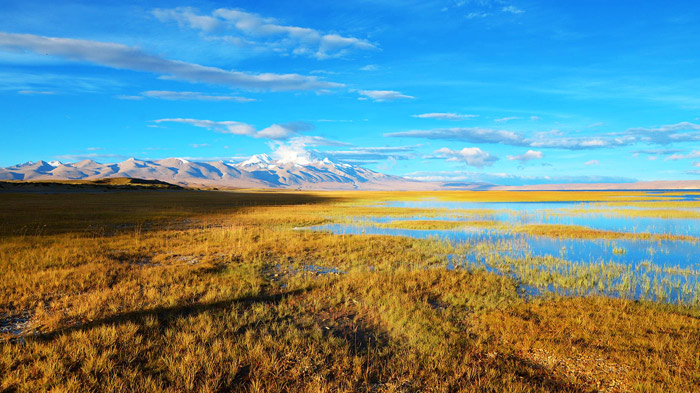 Lake Manasarovar is believed to take away the sins of a lifetime after bathing.
Lake Manasarovar is believed to take away the sins of a lifetime after bathing.
In Hinduism, the lake is believed to have been born from the mind of the Lord Brahma and manifested on earth, while in Tibetan Buddhism, it is associated with the legendary Lake Anavatapta, where Maya was believed to have conceived her son, the Buddha. There are several monasteries around the shore of the lake, the most stunning of which is the Chiu Monastery, which appears to have been carved from the very rock of the hill on which it stands.
Top 4 Lake to Visit: Rakshastal Lake (a mysterious Devil Lake in Tibet)
While not actually a holy or sacred lake, Rakshastal does have some significance in Buddhism in Tibet, aside from being the twin to Lake Manasarovar. Often spoken of as the blue Devil Lake, it is shaped like the outline of a crescent moon, and is a saltwater lake, in direct contradiction to its twin. A channel links the two lakes, and the sweet waters of Lake Manasarovar flow west into Lake Rakshastal’s bitter and astringent water.
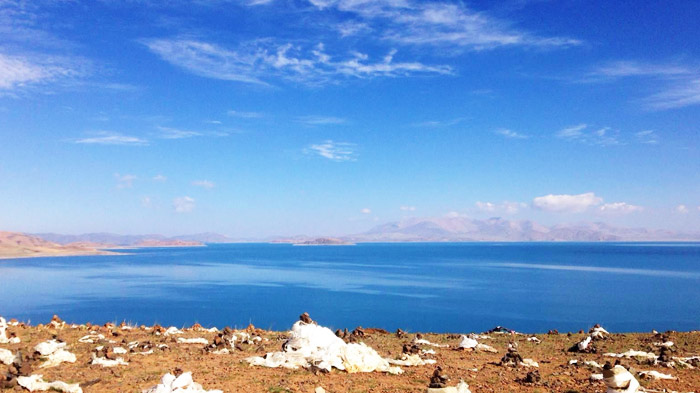 Lake Rakshastal, the blue Devil Lake.
Lake Rakshastal, the blue Devil Lake.
This kind of polar opposite is common in Tibetan Buddhism, in a similar way to that of Yin and Yang in Chinese mythology, or the idea of the mother of Buddha hugging the devil. In writings, it has been said that the twin lakes show the unique balance of the universe and the harmonious and unified spirit of the earth.
Top 5 Lake to Visit: Basum Tso Lake (a must-see for a Nyingchi Tour)
Lying in Nyingchi Prefecture, around 400 kilometers to the east of Lhasa, Basum Tso Lake is the sacred lake of the Nyingma School of Tibetan Buddhism and one of the largest freshwater lakes in eastern Tibet. Surrounded by high mountains, the area around the lake has a very mild climate, consistent with the rest of the lower areas of Nyingchi Prefecture. Lying at just 3,538 meters above sea level, the name means Three Rock Lake in Tibetan, and it has several islands out in the lake.
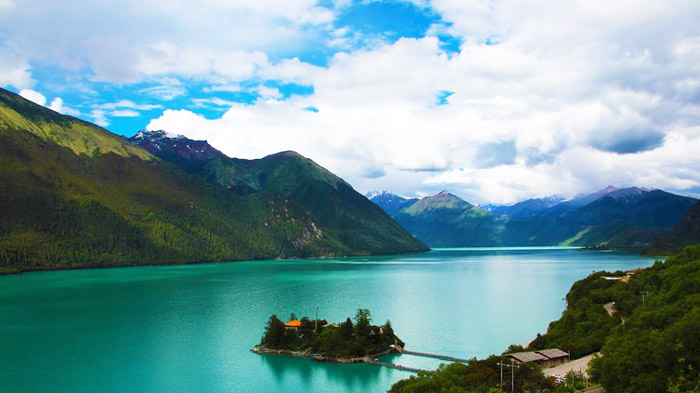 Basum Lake is the sacred lake of the Nyingma School of Tibetan Buddhism.
Basum Lake is the sacred lake of the Nyingma School of Tibetan Buddhism.
More Special Lakes to Know in Tibet
Besides the top lakes to visit in Tibet, there are also some special lakes you may heard about or are curious about in Tibet.
Tangra Yumco - the largest sacred lake of the Bon Religion in Tibet
The largest of the sacred lakes of the Bon religion, the ancient animistic religion of the Tibetan people, which predates Buddhism on the plateau, Tangra Yumco is the third largest lake in Tibet and has an altitude of around 4,600 meters. Lying in the southwest of Nyima County in the Nagqu prefecture of Tibet, this saltwater lake has been the topic of many myths and legends since the time of the Bon religion’s dominance in Tibet.
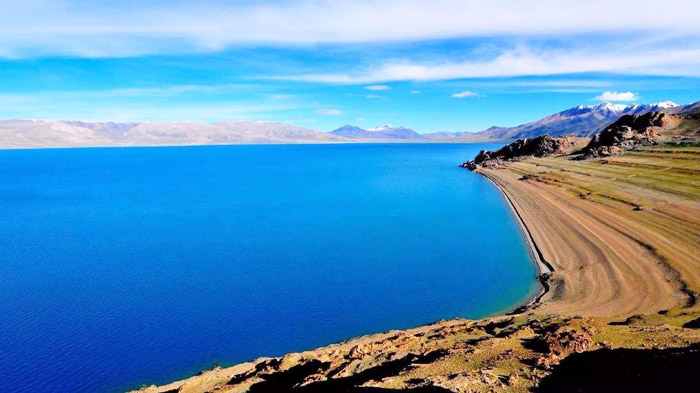 Tangra Yumco is the third largest lake in Tibet.
Tangra Yumco is the third largest lake in Tibet.
Lham Latso Lake - an important lake in the reincarnation system of Tibetan Buddhism
Known as the Goddess Skull Lake, Lhamo La-tso is shaped roughly like a skull, and Tibetan legend says it is the melted body of the Buddhist protector of Tibet, Palden Lhamo. The lake is also said to be the place where the spirit and soul of the goddess were laid to rest to benefit the Tibetan people. Lying in the remote mountains of Shannan prefecture to the southeast of Lhasa, and is a four-hour hike from the Chokorgyel Monastery, as there are no roads to the lake. Lying at an altitude of around 5,300 meters, it was at Lhamo La-tso that Reting Rinpoche received his vision of three Tibetan letters and of a monastery with a jade roof, which led to the discovery of the 14th Dalai Lama in 1935.
 It's said that people can see previous and present life in Lhamo La-tso.
It's said that people can see previous and present life in Lhamo La-tso.
Siling Lake - the second-largest saltwater lake in Tibet
Located in Baingoin County of Nagqu Prefecture, Siling Lake is the second largest saltwater lake in Tibet and forms a major part of the Siling Co National Nature Reserve which was established in 1993 to protect the indigenous wildlife and flora of the Tibetan plateau. A popular breeding ground for the rare black-necked cranes in Tibet, the lake is surrounded by lush green grasslands that are the home to many nomadic families and their herds of sheep and yaks.
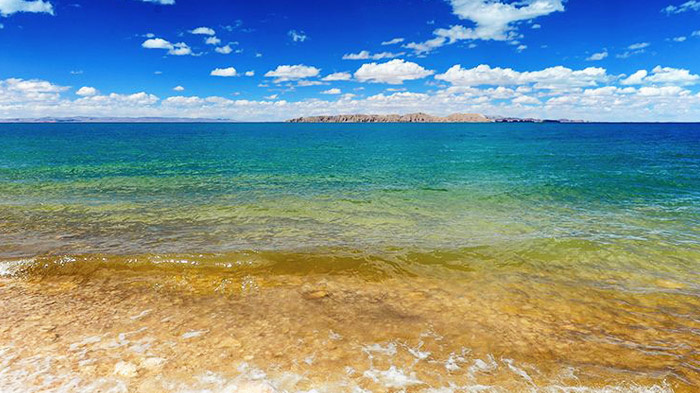 Siling Lake is the second largest saltwater lake in Tibet.
Siling Lake is the second largest saltwater lake in Tibet.
At an elevation of around 4,530 meters, this saline lake is fed by two freshwater streams, the Tsagya Tsangpo and the Boques Tsangpo, yet remains a saline lake with very bitter waters. In legends, Siling was a huge demon that lived to the west of Lhasa and was found to be swallowing men and beasts by the thousands. After a heavy storm, the Guru Rinpoche, also known as Padmasambhava, found Siling whilst slaying other demons in the area. Unable to defeat Guru Rinpoche, the demon fled to a vast lake of mud to the north, and Guru Rinpoche, on finding him hiding there, commanded him to never leave the lake and never kill the lake’s creature.
Conclusion
As the land of lakes, Tibet invites you to discover its breathtaking plateau waters. With hundreds of lakes to choose from, it can be a hard choice to know which lakes to visit on a tour of Tibet.
Fortunately, we offer expert recommendations to help you select the must-visit lakes in Tibet. Feel free to reach out to us and share your preferences for Tibetan lakes. Our local travel experts will work with you to craft a tailored trip to your favorite lakes in Tibet.

Energetic, responsible and reliable, Sonam is a guide with more than seven years experience informing visitors about heritage sites and attractions places in Tibet.
Related Articles & Posts
Most Popular Tibet Tour Packages
-
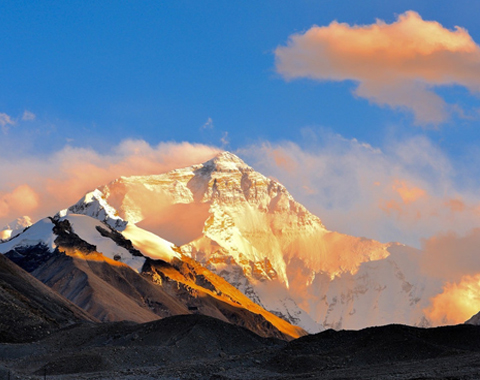
Lhasa - Gyantse - Shigatse - Everest Base Camp - Shigatse - Lhasa
USD939
View Details -
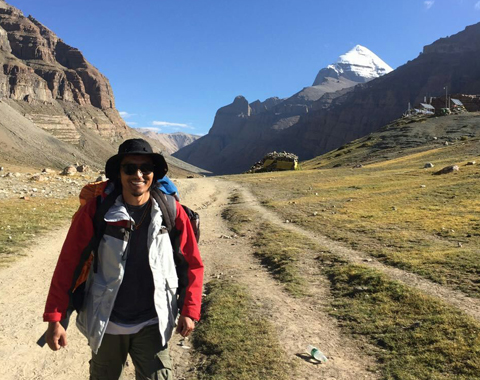
Lhasa - Gyantse - Shigatse - E.B.C - Saga - Kailash Trek - Darchen - Lake Manasarovar - Saga - Gyirong - Tingri - Lhasa
USD2059
View Details -
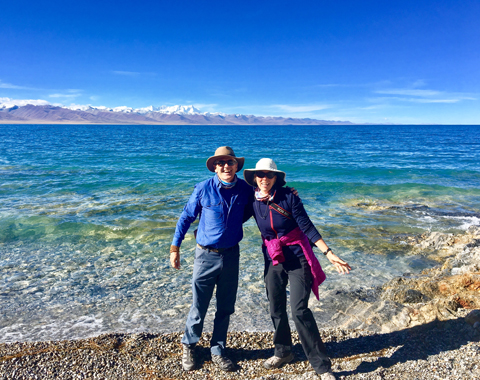
10 Days Lhasa to Everest Base Camp and Namtso Lake Small Group Tour
Lhasa - Gyantse - Shigatse - EBC - Shigatse - Lhasa - Namtso Lake - Damxung - Lhasa
USD1289
View Details -
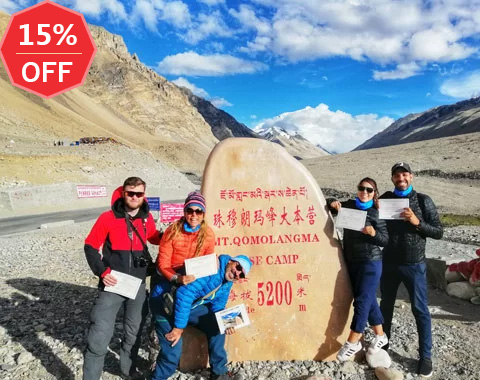
8 Days Driving Across Himalaya Overland Adventure from Kathmandu to Lhasa
Kathmandu - Gyirong - Everest Base Camp - Tingri - Shigatse - Gyantse - Lhasa
USD1069
View Details -
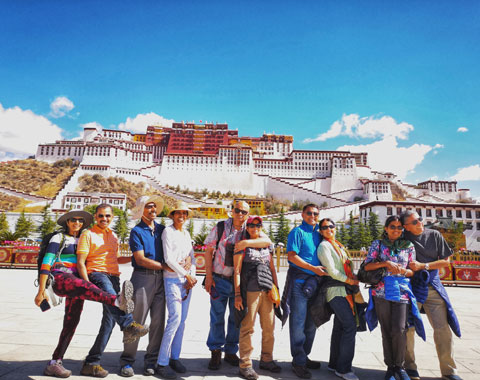
4 Days Lhasa Impression Small Group Tour: Explore the Heart of Tibet and Mingle with the Locals
Lhasa
USD509
View Details -
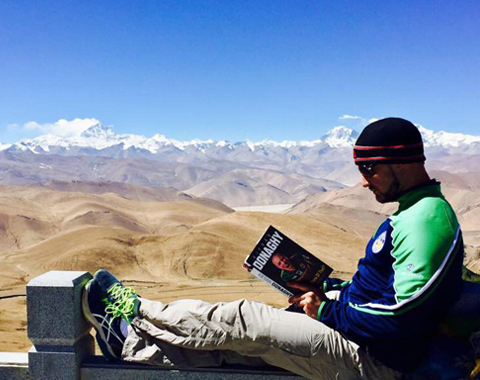
Lhasa - Gyantse - Shigatse - Everest Base Camp - Gyirong - Kathmandu
USD979
View Details -
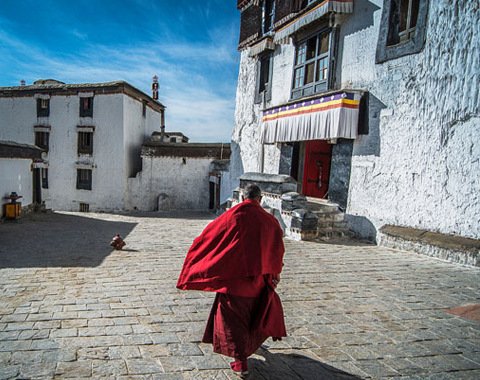
Lhasa - Gyantse - Shigatse- Lhasa
USD799
View Details -
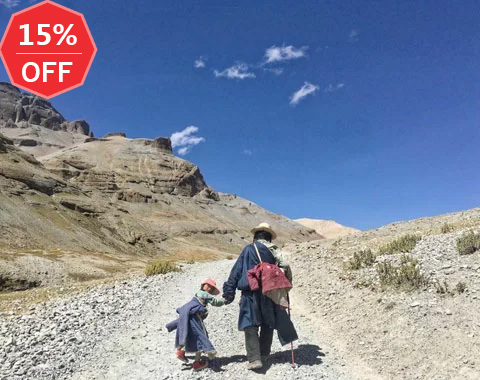
13 Day Lhasa, Mt. Everest, Mt. Kailash, Lake Manasarovar and Kathmandu Adventure Tour
Lhasa - Gyantse - Shigatse - EBC - Saga - Darchen - Kailash Trek - Darchen - Saga - Gyirong - Kathmandu
USD2059
View Details
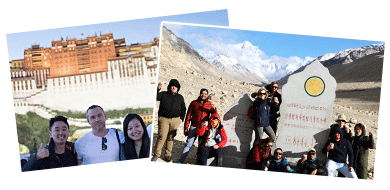

.jpg)



